Understanding the Basics: What You Need to Know About Electrical Panels for Your Home
An electrical panel is an essential component of any home’s electrical system. It serves as the primary distribution point for electricity throughout the house and protects against electrical overloads that can cause fires or other safety hazards. Understanding the basics of an electrical panel can help you ensure your home is safe and functioning properly. In this article, we will cover the essential aspects of an electrical panel, including its components, how it works, and safety considerations. But first, click here to see about NW Pacific Electric Co, LLC if you need a professional electrician for your home’s electrical panel.
What Are Electrical Panels and Why Do You Need Them
Electrical panels, sometimes also referred to as circuit breaker panels, are a critical component in any building or home. These panels are responsible for distributing electricity throughout the building and for ensuring that the electrical system is safe and efficient.
At its most basic level, an electrical panel is a metal box that contains a series of switches or circuit breakers. Each switch or breaker is responsible for controlling the flow of electricity to a specific area of the building or home. For example, there may be a switch for the lights on the first floor, another for the outlets in the kitchen, and so on.
The main purpose of an electrical panel is to protect the building and its occupants from electrical hazards. If there is an electrical overload or short circuit, the circuit breaker will automatically turn off the electricity to that area, preventing damage to the electrical system and potentially avoiding a fire hazard.
Without an electrical panel, it would be much more difficult to control the flow of electricity in a building. This could lead to an increased risk of electrical hazards such as electrocution or electrical fires, as well as decreased efficiency in the electrical system.
Tips for Inspecting and Testing Your Panel
Inspecting and testing your electrical panel can save you from potential disasters such as short circuits, electrical fires, and even electrocution. As a responsible homeowner, it is essential to keep your panel in top shape to ensure the safety of your property and loved ones.
Here are some tips for inspecting and testing your electrical panel:
- Turn off the main power: Before starting the inspection process, ensure that the power supply to your electrical panel is shut off to avoid any potential accidents.
- Check for wear and tear: Inspect your panel for any signs of wear and tear, including loose wires, damaged cables, or worn-out components. This step is crucial since damaged components can pose a severe risk to your home and loved ones.
- Label your circuits: Since an electrical panel can contain many circuits, it is essential to ensure that these circuits are correctly labeled. This step helps you quickly locate the specific circuit you need to shut off or reset during an emergency.
- Check the breakers: Inspect the breakers in your electrical panel to ensure that they are functioning correctly. Look for tripped circuit breakers or fuses to identify any problems. Suppose you notice any tripped breakers, reset them and monitor their function.
- Test the voltage: You can test the voltage of your electrical panel by using a voltage tester. This step helps you identify any faulty components or circuits in your panel that could cause a potential hazard.
- Seek professional help: If you are unsure about inspecting or testing your panel, it is best to seek the services of a qualified electrician. They possess the necessary knowledge and expertise to help you identify and resolve any issues with your panel.
Electrical panels are essential for the functioning of your home and should be taken care of to prevent any issues. Knowing the basics about electrical panels provides you with knowledge vital to making smart decisions around your house. Take the time to understand electricity further and always call a professional if anything looks off or wrong. Doing so can save you a lot of money, energy, and safety concerns down the line. From learning how electricity works to exploring common electrical panel problems, understanding is key. With all that in mind, now it’s time to go forth confidently and start tackling new projects related to those pesky but powerful electric panels.
Knowing the importance behind these complex systems could ultimately benefit you if ever a problem does arise with your panel. The power within these small boxes shouldn’t go unnoticed, nor should their maintenance be put off since they play such a vital role in powering every corner of your home.
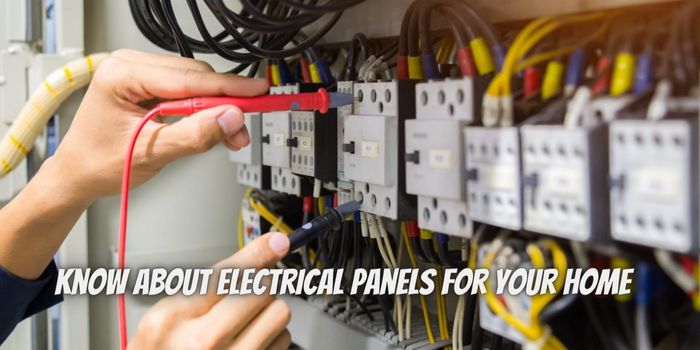


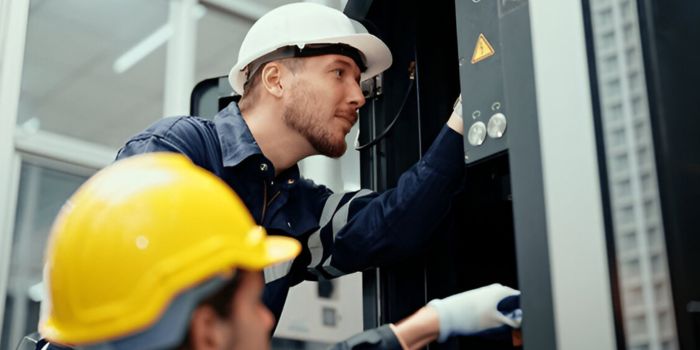

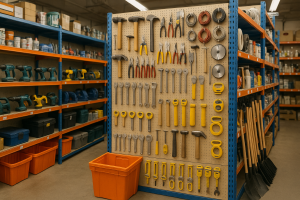

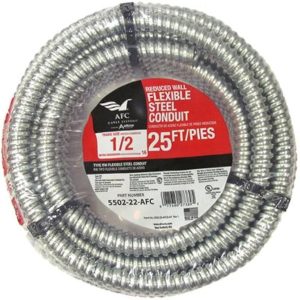
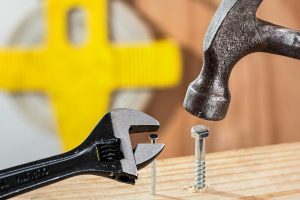
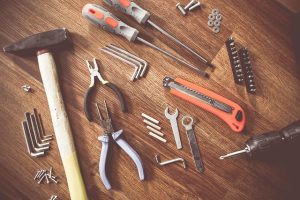




Post Comment
You must be logged in to post a comment.